Siberian fir: the best varieties, planting and care rules
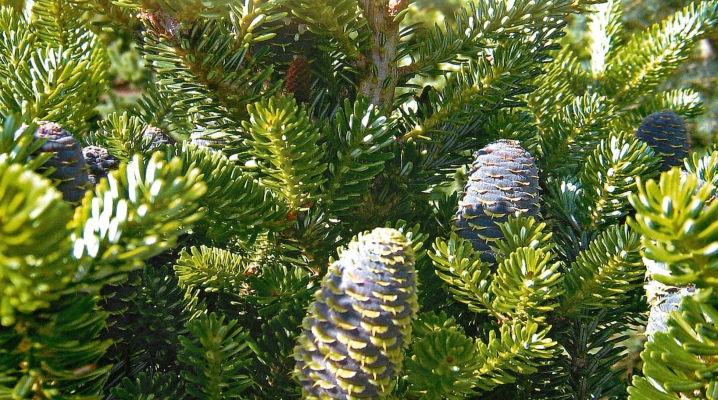
In the northern regions of Russia, conifers grow, often used as hedges. They create a festive New Year mood all year round. This is Siberian fir.

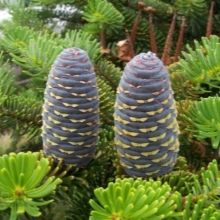
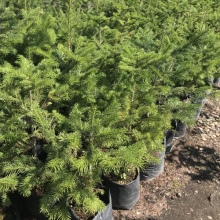
General characteristics and short description
Siberian fir is a coniferous tree reaching 30 meters in height with a crown diameter of up to 10 meters. Belongs to the pine family. The growth rate is low: by the age of 25 it grows no more than 10 m.
Fir is a long-liver, it lives up to three hundred years. The trees have a tapered crown with a sharp top. In the first 10 years of life, Siberian firs grow rapidly, mainly in breadth, and then begin to grow vertically. On moist heavy soils, the roots are shallow, and in loose soil, the taproot, together with the lateral ones, goes deep in search of moisture.
Fir bark is thin and smooth, dark gray in color. There are thickenings on it - nodules filled with liquid. It is called fir balsam or sap. It is used in the medical and cosmetic industries.
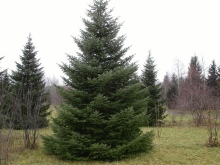
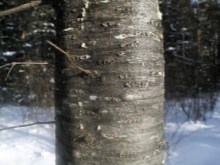
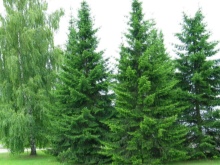
Fir does not have resin in the wood itself. But the buds of the Siberian fir, in contrast to its southerly sisters, are abundantly covered with a thick tar coating to protect them from severe northern frosts.
The needles of Siberian fir are soft, rounded at the ends, pleasant to the touch, up to three centimeters long. Above they are saturated green, and below they are slightly lighter, have two light silver stripes. Each of them lives no more than ten years, after dying off, scars remain on the branch.
Siberian fir is a monoecious evergreen tree. Male organs are yellow spikelets with pollen grains that have air sacs. Thanks to these flying devices, pollen is transported by wind over very long distances.
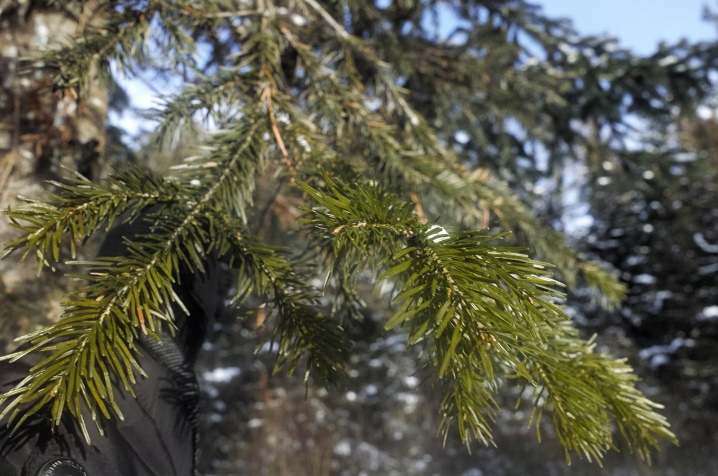
The female organs are purple bumps. Their sizes range from 7 to 10 cm. The scales with seeds are arranged in a spiral. As the seeds ripen, the cones change color to brown.
Unlike other conifers, Siberian fir cones do not completely crumble. As they ripen, only scales with seeds fly around, and the rods of the cones remain on the branches. And they hold on like that for a very long time. At this time, the firs seem to be decorated with New Year's candles.
All Siberian firs are distinguished by high frost resistance, shade tolerance, but at the same time they are extremely sensitive to the polluted atmosphere and demanding on the composition of the soil.
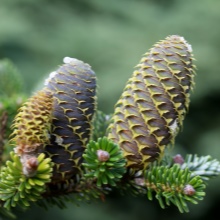
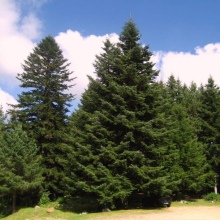
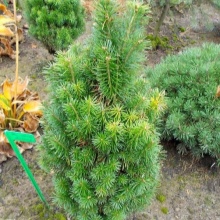
Overview of varieties
There are several decorative species of Siberian fir, different in color.
- "Glauka" - has a blue color of needles, which makes the tree unusually beautiful. Fir is very hardy, frost-hardy.
- "Alba" - common in European countries. Decorative due to the correct conical shape of the crown. The needles are dark green with white stripes on the bottom. Cones are green, gradually turning brown. Alba can freeze out at very low temperatures.
- "Variegata" - differs in the original colored needles. Along with the green ones, snow-white or yellowish needles grow on the branches of this fir. The tree looks very ornate. "Variegata" likes to grow in well-lit places, is sensitive to severe frosts, air pollution.
- Elegance has silvery needles. Fir is demanding on the composition of the soil, loves warmth.

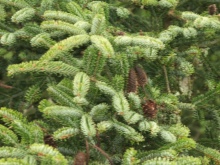
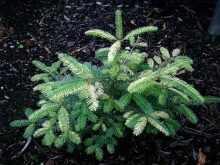
Landing features and care rules
In order for the Siberian fir to show itself in all its glory on your site, you need to provide it with proper care: a suitable place, watering, pruning, preparation for wintering.
Siberian fir can be planted only away from roads, as it cannot withstand gas pollution and dustiness of the air. The tree can grow both in a sunny area and in partial shade. But it is better to shade a young seedling from the bright sun.
The soil for planting should be loamy and moderately moist. The content of lime and humus in it will benefit the plant.
Planting time depends on the age of the seedling. Young, with a closed root system, can be planted from spring to autumn. Trees over five years old can only be repotted in early spring (immediately after the snow melts) or in early autumn.
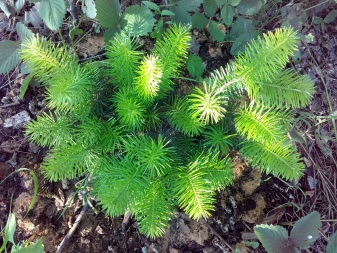
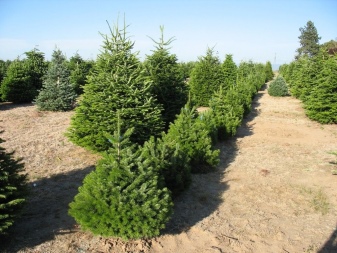
Like any plant, it is advisable to plant fir in cloudy weather. Preparation for planting should start two weeks before. And it consists in certain stages.
- First, you have to dig a landing hole. Its depth will depend on the size of the seedling root system. Water the future planting site abundantly (at least two buckets of water). Lay a drainage layer of expanded clay, broken brick or crushed stone at the bottom of the pit.
- Prepare the soil. To do this, mix one part of sand and peat, two parts of clay and three parts of humus. Such an earthen mixture will be breathable and at the same time retain moisture well. Since Siberian fir loves calcareous soils, you can add a glass of lime. It is necessary to fill the planting hole with such a mixture until the middle and leave to infuse.
- After two weeks, you need to carefully plant a fir seedling in the center of the fossa, straightening the roots and not deepening the root collar.
- A young plant must be watered and shaded abundantly. So that the soil does not dry out quickly and the roots do not overheat, it is best to mulch the soil surface with dry grass, wood chips or sawdust. The mulch should not touch the root collar.
- A planted tree cannot often be watered, since Siberian fir reacts negatively to waterlogging of the soil. For good development, it has enough moisture obtained from melting snow and from rains. This is a great advantage over other ephedra.
- Further care of the tree consists in timely weeding and loosening. There is no need to feed the fir in the first three years after planting. From the fourth year, you can use any fertilizer for conifers.
- Siberian fir has a very beautiful crown, so you do not need to trim it regularly. You can only occasionally carry out formative pruning and remove dried branches in the spring.
- In the first year after planting, fir seedlings require shelter for the winter. This can be done with spunbond, spruce branches, or burlap stuffed with straw. The grown trees tolerate negative temperatures well and no longer need shelter.
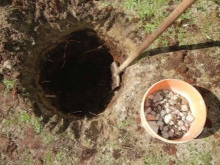
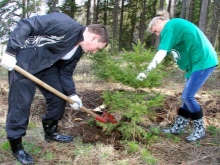
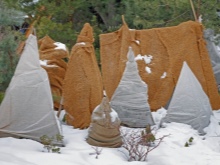
Reproduction methods
It is very easy to propagate fir by yourself. This can be done in three ways: layering, seed and cuttings. Let's consider all these methods.
Reproduction by layering
If the lower branches of Siberian fir are adjacent to the ground, then they themselves take root and young plants are formed. It is quite possible to plant them from the mother tree.
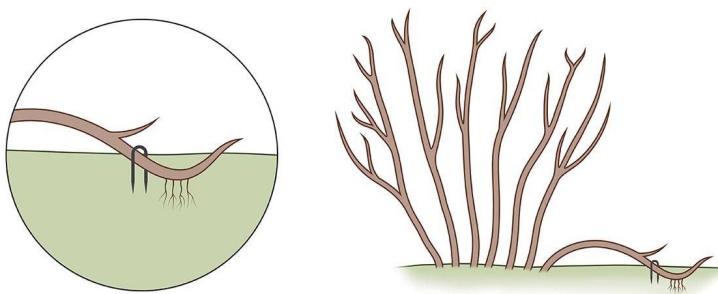
Propagation by cuttings
This option can be used in early spring before the start of sap flow. You need to pick cuttings from the tree. For this, only young shoots 5-10 cm long are selected. The branches are not cut off, but are pulled out with a small amount of bark and wood, the so-called "heel". A growth bud should be present at the end of the shoot. Torn cuttings must be kept for 15-30 minutes in a weak solution of potassium permanganate.
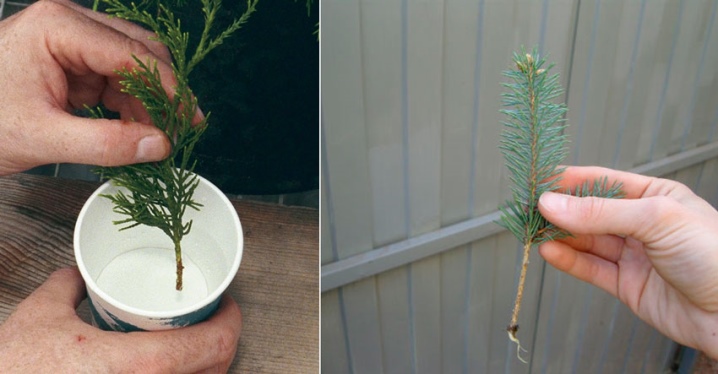
At this time, you need to prepare an earthen mixture for rooting: mix in equal proportions sand, humus and garden soil. Fill a container with this soil and plant the cuttings there.
To create the necessary microclimate, cover the seedlings, you can use an inverted glass jar, a plastic bottle, a plastic bag put on sticks stuck in the ground, etc. The walls of the greenhouse should not touch the needles in order to avoid their decay. The container with seedlings should be in a warm place, for example, near a battery in a bright place, but not in direct sunlight.
The rooting process of cuttings is very long: the roots will appear only in the second year. All this time, you need to carefully look after the planting: moisten, ventilate, take it outside in the spring, and take it into the room in the fall. When the seedlings take root, they can be planted in a permanent place.

Seed propagation
Like most plants, Siberian fir does not retain varietal characteristics when propagated by seeds. So this method can be used when you need to get a large number of seedlings, no matter what kind. Fir seeds can be bought or collected by yourself. If you decide to harvest the seeds yourself, then you need to pick the cones from the tree slightly unripe. After drying, manually remove the seeds. Then they are stratified. To do this, the seeds are mixed with wet sand and placed in the refrigerator until spring.

In April, a plot is prepared for sowing: weeds are removed, dug up, and the surface is leveled. Then they make grooves with a depth of 2-3 centimeters and sow fir seeds in them at a short distance from each other. Cover with soil from above. Since the sowing was carried out in still wet soil, it is not necessary to water immediately. But you need to cover the crops with foil to maintain the desired moisture content.
In the future, light watering and ventilation is required. A month later, tender fir sprouts will appear. The shelter must be removed immediately, continue watering, avoiding excessive moisture, weed and loosen the soil, trying not to damage the roots of the plants. After three to four years, fir seedlings can be planted in a permanent place.
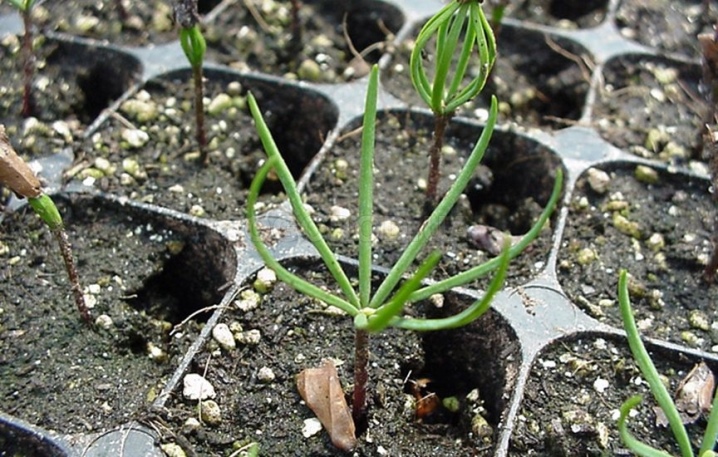
Diseases and pests
In general, fir is a rather unpretentious plant, but it is also affected by various diseases and pests. Let's dwell on some of them.
- Rust. On the underside of the needles, a "rusty" plaque forms, caused by the settlement of the fungus. Plants weaken, take on an unsightly appearance. To combat, it is necessary to spray the fir with copper-containing preparations and apply potassium-phosphorus fertilizers to the soil.
- Rusty cancer. Shingles (cancerous tumors) form on infected fir twigs. The affected branches should be removed immediately. And if the cancer has spread to the trunk of the fir, then such a tree must be completely destroyed in order to avoid contamination of other plants.
- Fusarium. A disease that affects the roots of a tree, and then spreads through the vessels throughout the plant. Most often occurs on heavy damp soils. On fir trees, the needles become brown, and then completely fall off. To help the plant, you need to provide air access to the roots. To do this, you can drive a tube into the trunk circle. It is imperative to make sure that the root collar is not buried. If the tree is young, you can transplant it by preparing a planting pit according to all the rules.
- Brown shute. Fungal disease, aggravated by high humidity and crowded plantings. The fungus develops under the snow. In the spring, the needles turn brown and black, but they do not crumble for a long time, glued together by the mycelium. By autumn, black growths are formed - fruit bodies. Control measures: accelerate the melting of snow in spring, treat with fungicides in late autumn before snow falls.
- Bacterial dropsy. Fir needles gradually change color from yellow to gray. In the trunk, cracks are formed through which liquid oozes unpleasant odor. Cancer ulcers and growths form. Fir trees weaken, the wood becomes loose and watery, the wind easily breaks such trees. The infected plant is not cured and must be destroyed immediately.
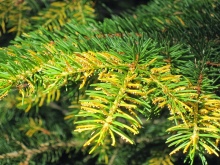
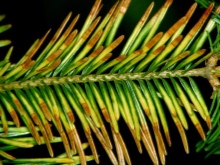
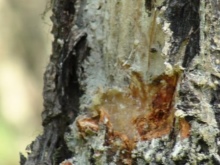
In addition to diseases, pests attack the fir, damaging the needles, cones, bark, trunks. These are Hermes, spider mites, fir moths and leafworms, pine cone fireflies, click beetles, black fir barbel beetles, typographers bark beetles. All these insects cause irreparable harm to firs. Let's tell you more about each of these pests.
- Hermes - one of the types of aphids that attacks coniferous trees. These insects suck out the sap of the plant. The needles turn yellow, dries up, young shoots bend, the tree weakens, its decorative effect is lost. On the underside of the needles, a sticky, fluffy white coating forms. You can defeat pests. To do this, you need to provide increased air humidity by spraying the tree with water from a spray bottle and washing away insects.
Cut off the damaged ends of the shoots and treat the tree and nearby anthills with insecticides.
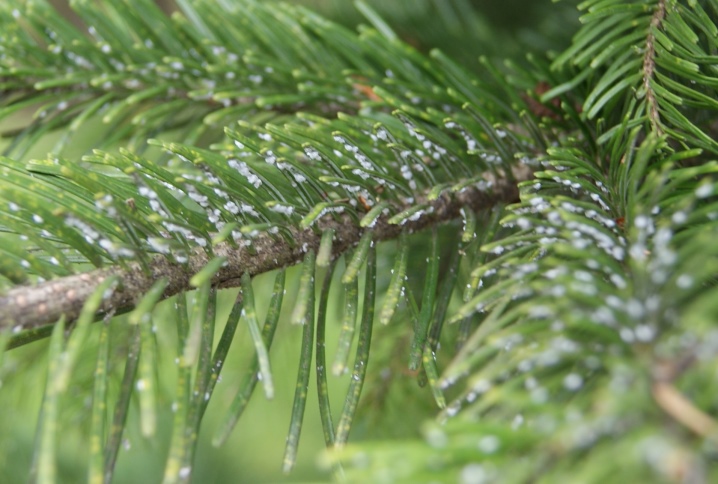
- Spider mite - arachnid, affecting fir in dry hot weather. It sucks out the juice, piercing the underside of the needles and braids them with the finest cobweb. To prevent the appearance of a tick, it is necessary to arrange a shower for the fir in dry times, thereby increasing the humidity of the air.
If the tick has already appeared, treat the tree with acaricides.

- Fir butterfly mothlaying eggs in the bark of the trunk and branches in late spring and early summer. In mid-June, black caterpillars appear from them, which later change color to match the needles. These voracious caterpillars completely eat the needles of fir. And at the end of summer they descend on cobwebs and burrow into the soil under a tree, pupating there. In spring, moths reappear from pupae.
To combat caterpillars in late autumn, you should dig up the trunk circles and destroy the pupae. In summer, spray the caterpillars with insecticides.
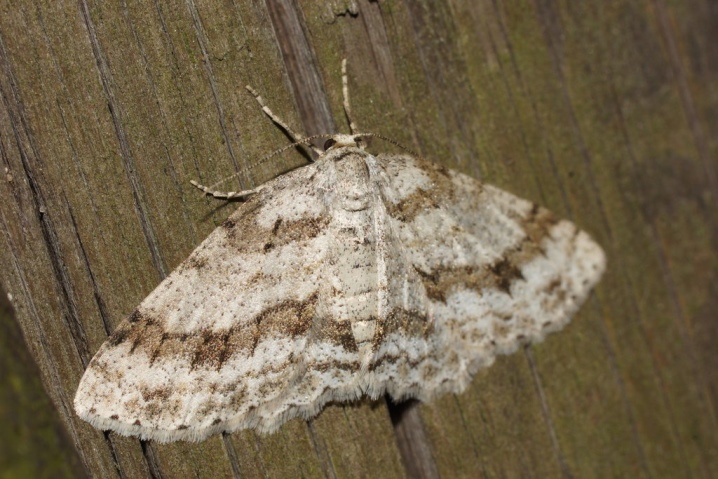
- Fir leafworm - a small butterfly whose caterpillars eat young fir shoots. They turn into a pupa on the branches, braiding themselves with a cocoon of cobwebs.
Control measures: insecticide treatment of young fir shoots in spring.

- Pine cone fire - a butterfly, the mass flight of which can be seen in the evenings from early to mid-summer. Its caterpillars inflict enormous damage on Siberian fir seeds. They gnaw passages in the cones and eat the seeds.
You can fight only with the help of insecticides, treating trees when the caterpillars appear on the surface.
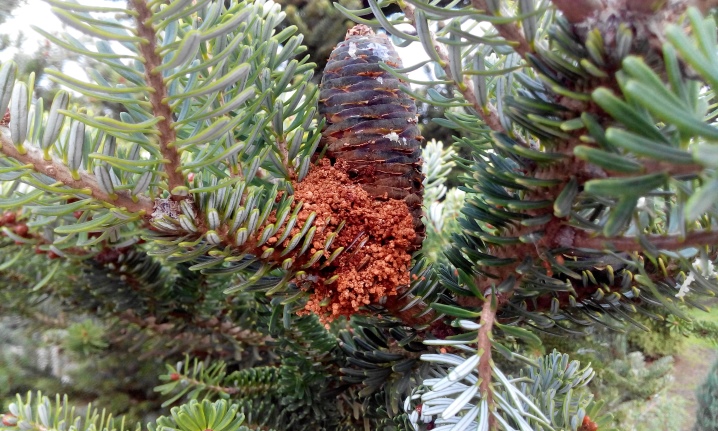
- Click beetles - huge damage to plants is caused by their long, yellowish, very hard larvae, which are popularly called wireworms. They gnaw the roots of the fir, as a result of which the tree weakens, whole branches dry out. The wireworm loves acidic soil with stagnant moisture.
To protect the fir from the invasion of the wireworm, you can manually remove these larvae from the ground. And if there are a lot of them, then contact-intestinal insecticides must be added to the soil.
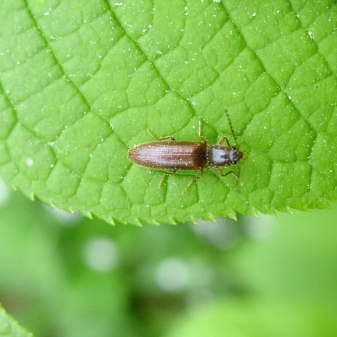
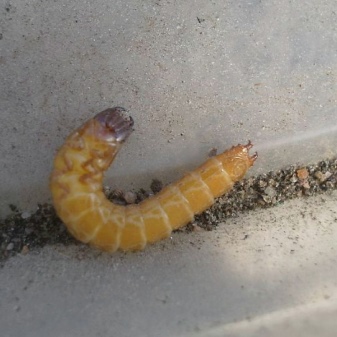
- Black fir barbel - attacks weakened trees. The beetle itself gnaws at the young bark on the fir shoots, as a result of which the needles turn orange and then dry out. The barbel larvae feed on the bast and gnaw through the passages to the center of the trunk.
Control measures: to attract birds to the garden, woodpeckers are especially willing to gouge and eat beetle larvae.
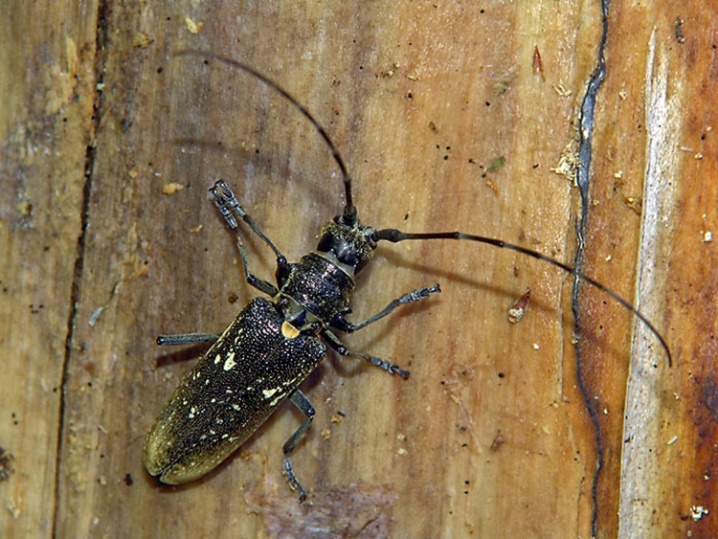
- Bark beetles typographers - just like longhorn beetles, they damage weak and sick firs. The male bark beetle gnaws a passage in the bark and arranges a mating chamber, where he calls the female with pheromones. After mating, the female gnaws through the passage and lays eggs in it. The tree weakens and dries up even more.
To fight, the damaged areas of the bark are removed and burned together with eggs or larvae of typographers. In autumn, traps are laid out - pieces of wood with bark, in spring, when bark beetles multiply in it, they are burned along with pests.
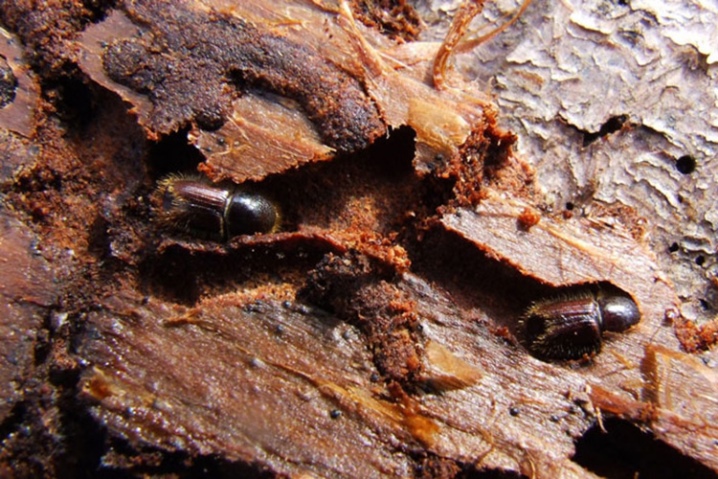
Use in landscape design
Siberian fir is very decorative. The color of its needles ranges from dark green to white and golden, and the cones - from purple to purple.Fir is used both in single plantings against the background of undersized flowering plants and short trees (birches, maples, junipers, barberries), and in group, planting trees 2-3 meters apart. If the suburban area is large, then Siberian firs can be limited to the alley or planted in groups in a checkerboard pattern.
Fir hedge looks amazing. In some European countries, decorative deciduous varieties of fir are used as a New Year tree.
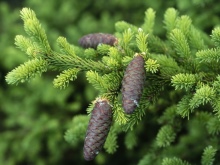
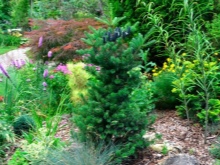
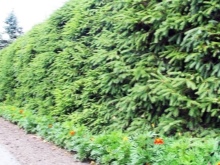
Siberian fir is a real queen among coniferous tree species.
For the beneficial properties and use of Siberian fir, see the next video.



































































The comment was sent successfully.